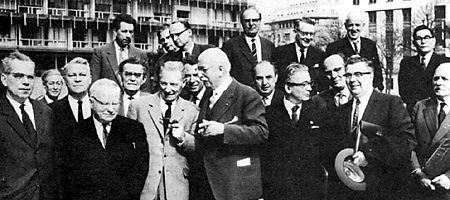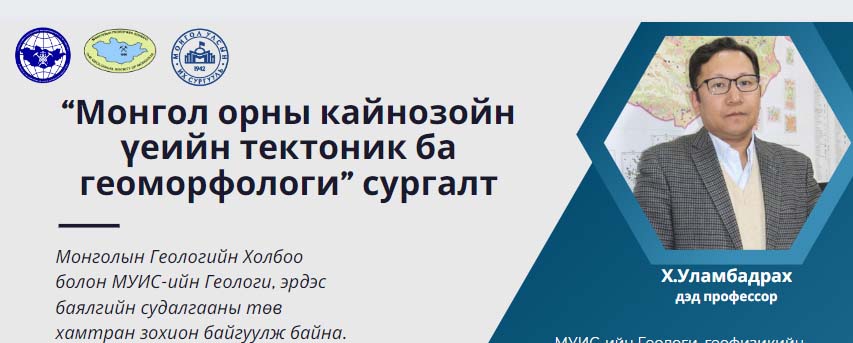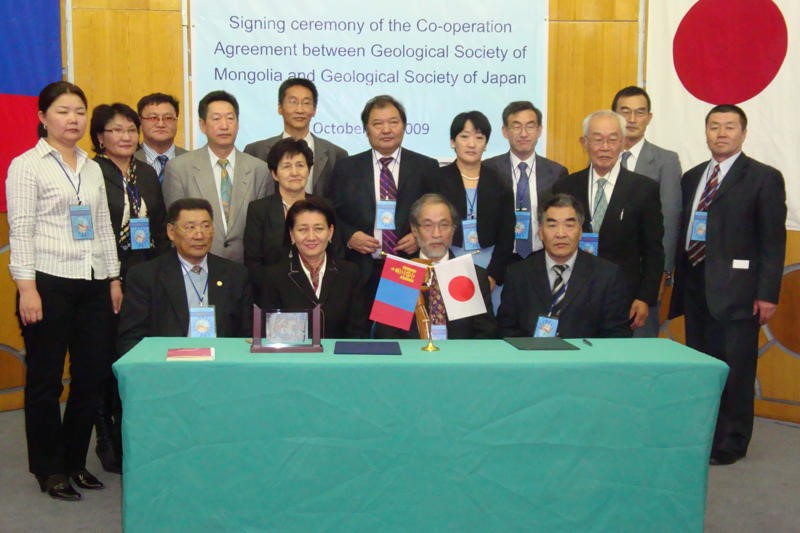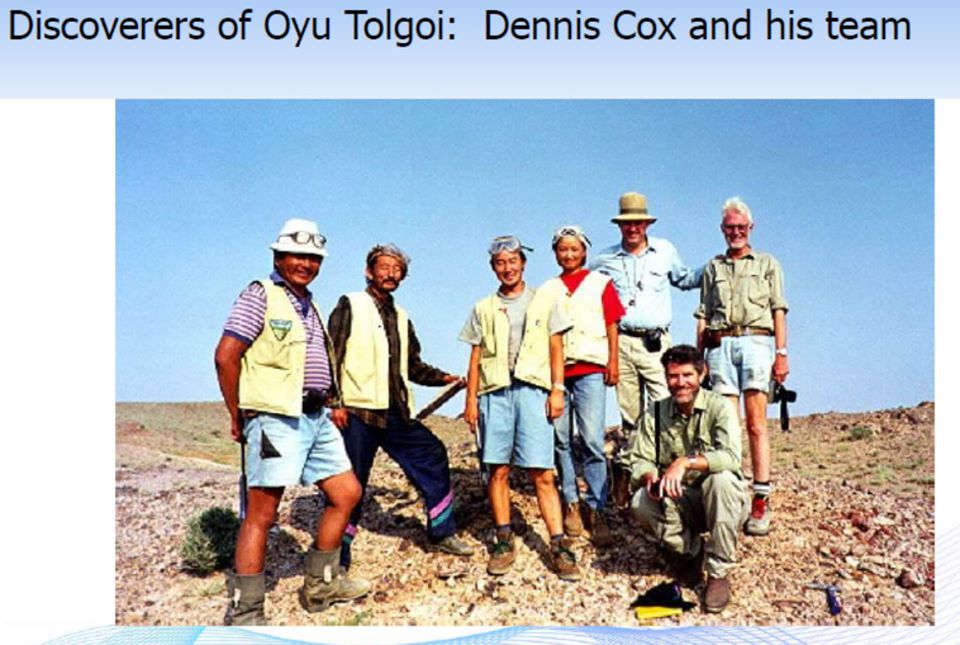
INTERNATIONAL COOPERATION OF GSM
INTERNATIONAL COOPERATION OF GSM
The Mongolian geological sector was officially established almost 80 years ago. Since then, hundreds of Mongolian geologists have discovered numerous deposits that increased the country's mineral resources and eventually greatly influenced our economy. Mongolian geologists played significant roles in discovering, exploring, processing the mineral deposits such as Erdenetiin Ovoo, Oyu Tolgoi and Tavan Tolgoi and contributing into the economic development of Mongolia.
The geological sector is a large branch of science that collaborates with other sciences to study the earthquakes, volcanos, formation of mountains and even the flow of water in nature. For example, in Japan, the natural phenomena such as earthquakes, volcanic eruptions, and tsunamis are studied by geologists. Thus, countries give importance to the development of the geological science and are actively collaborating to research and solve global geological problems.
The International Union of Geological Sciences (IUGS) is the largest scientific organization that unites the geological associations of 121 countries around the world. GSM has joined the IUGS in 1997 and has been actively involved in its activities since joining. Below is the brief introduction of the IUGS.
INTERNATIONAL UNION OF GEOLOGICAL SCIENCES (IUGS)
It was originally proposed at the International Geological Congress in 1922 in the Belgian capital, Brussels, to establish an international geological professional association, but was rejected as the Congress itself was counted as an international geological science body. The representatives of UNESCO initiated the proposal once more at the first meeting after World War II (London, 1948), but the proposal was also rejected after a long discussion.
The 21st conference of the International Geological Congress was organized in Copenhagen, Denmark in 1960. At that time, 13 international scientific unions were united to form the International Scientific Union Council. Thus, the 21st conference of the IGC adopted the decision to establish the International Union of Geological Sciences and the Task Force was formed.
Task Force consisted of 14 members: N. Belyaevsky (former Soviet Union), J.A. Dons (Norway), L. Hawkes (United Kingdom), K.A. Lindbergson (Sweden, chief of the Task Force), A. Noe-Nygaard (Denmark), B.C. Roy (India), W. Smulikowski (Poland), E. Clar (Austria), J.M. Harrison (Canada), R. Lafitte (France), V. Marmo (Finland), T.B. Nolan (USA), H.M.E. Schaermann (Netherlands) and T. Sorgenfrei (Denmark).
The Task Force convened on March 2 and 3, 1961, in Paris, to formally establish the International Union for Geological Sciences and appointed James M. Harrison (Canada) as President, T. Sorgenfrei (Denmark) as Secretary General, I. Gorsky (Soviet Union), L. Hawkes (United Kingdom), T. Kobayashi (Japan), A.R. Lamego (Brazil), J. Lombard (France) and B.C. Roy (India) were selected to be the Vice Presidents and J. Dons (Norway) was named the treasurer.

After the first meeting of IUGS held in March 1961, Paris.
As of today, the International Union of Geological Sciences is a non-profit international organization that unites geological associations of 121 countries, is a member of the International Council for Science (ICSU), and the main sponsor and co-organizer of the International Geological Congress held every four years.
The International Union of Geological Sciences operates primarily on:
- developing the international stratigraphic classifications and standards,
- developing geological education and researches,
- increasing geological data,
- the study of geological impact and management on the environment.
The IUGS's activities are conducted through the scientific international commissions, working groups and joint programs.
Commissions are set up to implement long-term (8-12 years) researches and large-scale scientific initiatives that require significant funding.
As of 2014, the IUGS ran six international commissions covering the following topics:
- Commission for the Management and Application of Geoscience Information(CGI)
- Geoscience Education, Training and Technology Transfer(COGE)
- Geoscience for Environmental Management(GEM)
- International Commission on Stratigraphy(ICS)
- International Commission on the History of Geological Sciences(INHIGEO)
- Commission on Tectonics and Structural Geology(TECTASK)
Task Groups are the working groups which are responsible for implementing specific projects in a short time. A Task Group project does not get funded for more than 4 years and currently there are the following Task Groups:
- Task Group on Global Geoscience Professionalism (TGGGP)
- Task Group on Geohazards (TGG)
- Task Group on Isotope Geology and Geochronology (TGIG)
In some cases, the Task Group broadens to a committee. The International Union of Geological Sciences conducts the following joint programs:
- International Geoscience Programme (IGCP)
- International Lithosphere Program (ILP)
- International Geological Congress (IGC)
- Deep-Time Digital Earth (DDE)
The highest governing body of the International Union of Geological Sciences is the board, which is composed of representatives from member countries and convenes at the International Geological Congress. The board elects the President, 8 Vice Presidents, Secretary General, and the Executive Committee. From 2008 to 2012, professor Gerel Ochir of Mongolian National University of Technology, the Honorary Member of the Mongolian Geological Association worked as Vice President of the IUGS.
The Union publishes the Journal “Episodes” quarterly and distributes it to its member countries.The official website of the IUGS is: www.iugs.org










Leave a Reply